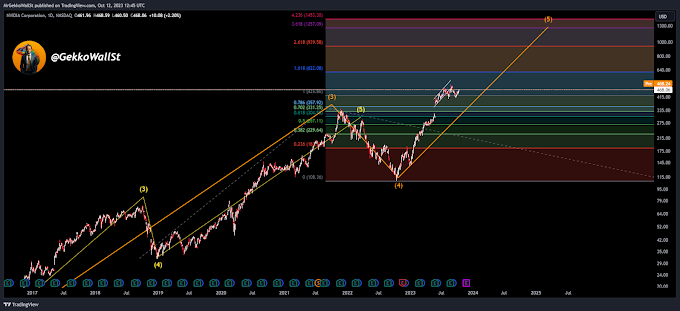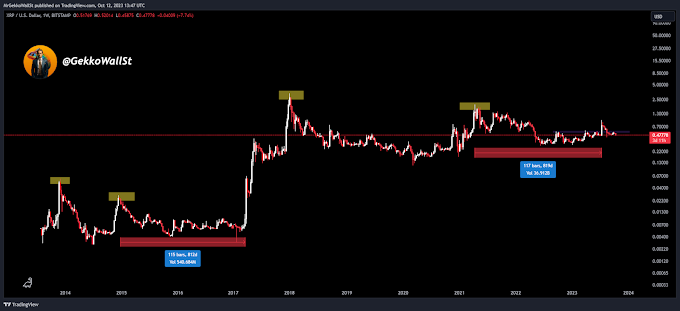There are two main types of cryptocurrency forks: hard forks and soft forks.
1. Hard Fork: A hard fork is a significant upgrade to the blockchain protocol that is not compatible with previous versions. This means that network participants need to adopt the new version of the software to continue participating in the updated block chain. As a result, the original block chain splits into two: the old chain and the new chain derived from the hard fork. Each of these chains will follow its own path, with different blocks and transactions.
2. Soft Fork: A soft fork is a smoother upgrade to the blockchain protocol, where the new version of the software is backward-compatible with previous versions. This means that participants who upgrade to the new version can still interact with participants using the old version. In this case, the block chain is not split into two, but rather, the network rules are adjusted to impose stricter restrictions on what is accepted as valid.
Depending on the situation, forks can be planned in advance or can occur due to divergences within the developer community or among network participants. Some forks have resulted in the creation of new independent cryptocurrencies, such as the case of Bitcoin Cash, which was created from a hard fork of Bitcoin in 2017. Other forks can have varied impacts on the community and the value of the involved coins.





